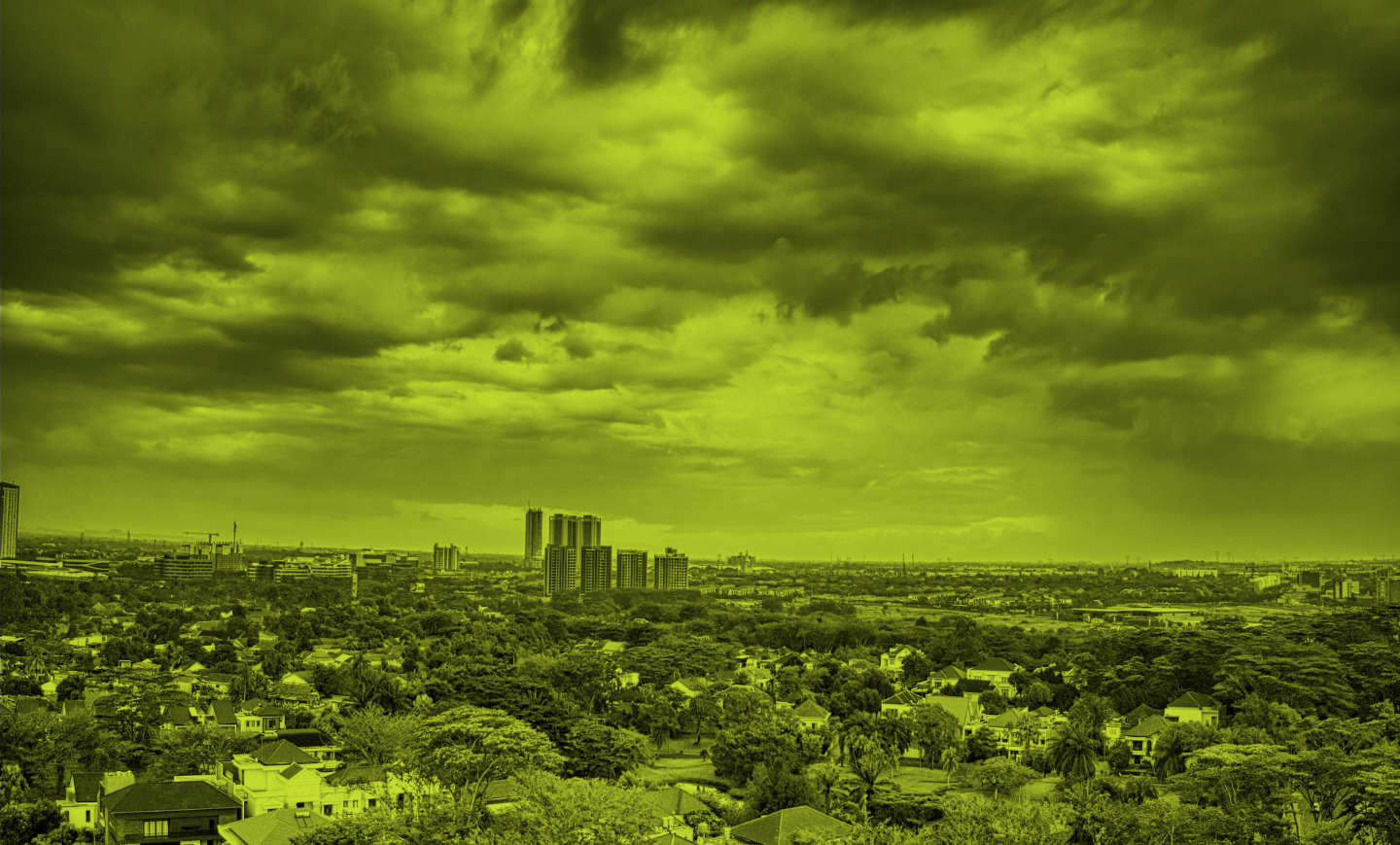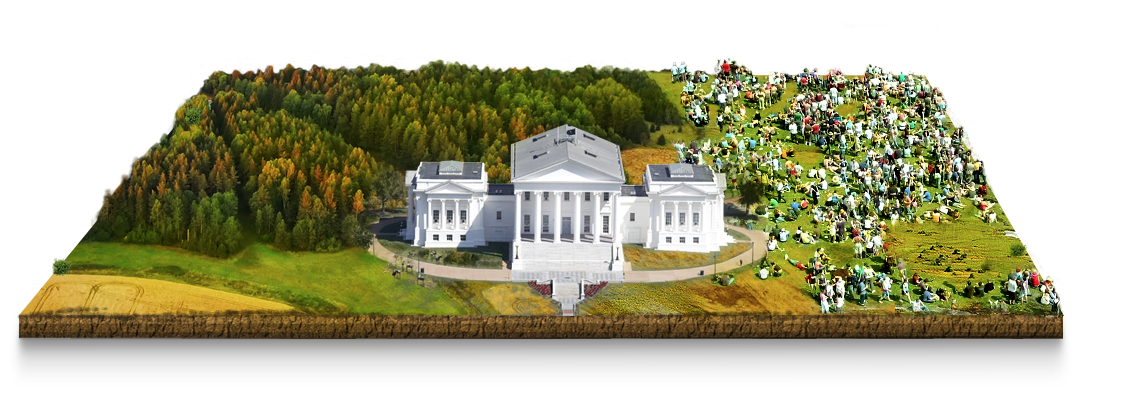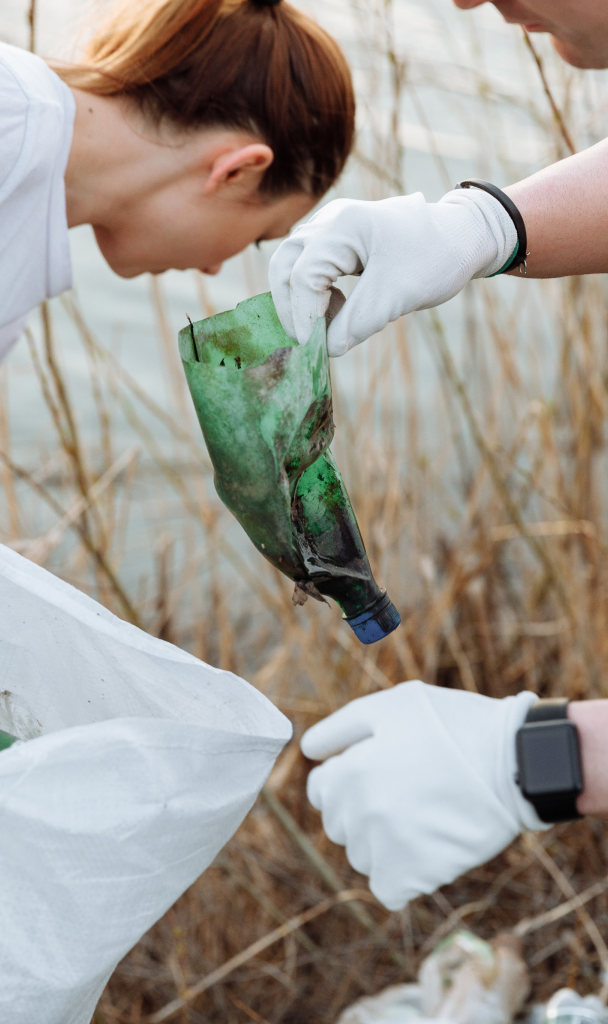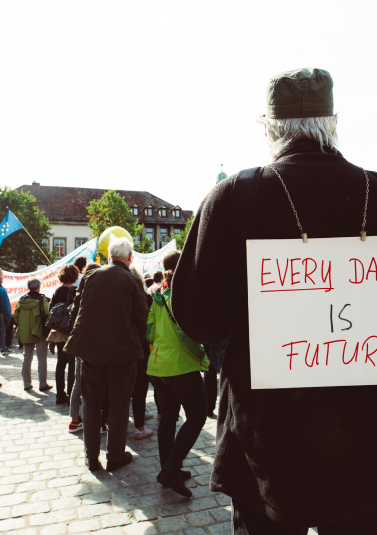- Cultural shift
- Policy influence
- Knowledge building
- Community action
- Individual action
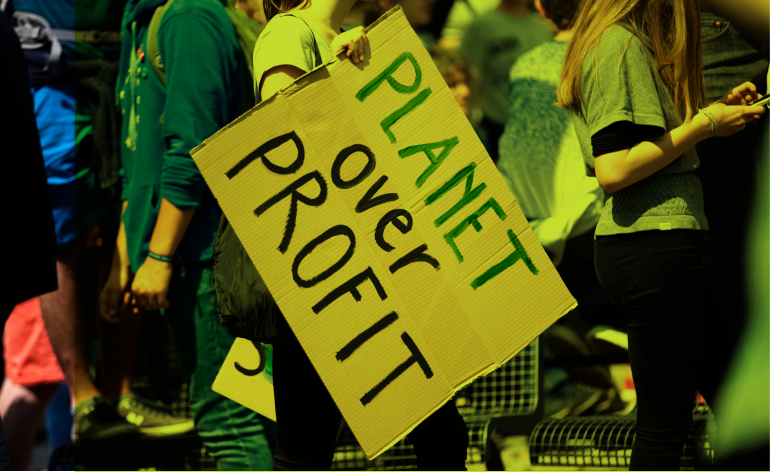
Not every movement, campaign, or action will include these steps, that's okay, a boots-on-the-ground movement can be just as impactful. These are just some possible ways that you and your community can cement your movement for the long haul and inspire others to follow your lead!
In the gradient above, you can see the progression of outcomes that your action could achieve. Beginning with individual and community action is important. It allows you to get the ecosystem back on the right track as soon as possible and it also helps you gauge and increase support for the cause within your area. Once the ecosystem is out of harms-way, that is when larger steps can be taken. It is these final steps that can best ensure the long-term health and safety of the ecosystem.
Achieving these wider goals will require the knowledge, skills, and community gained in the previous aspects. It takes an organized, dedicated, and passionate individual or group to accomplish these bigger tasks. This section will instruct you on how to leverage your experience and people to solidify your work.


